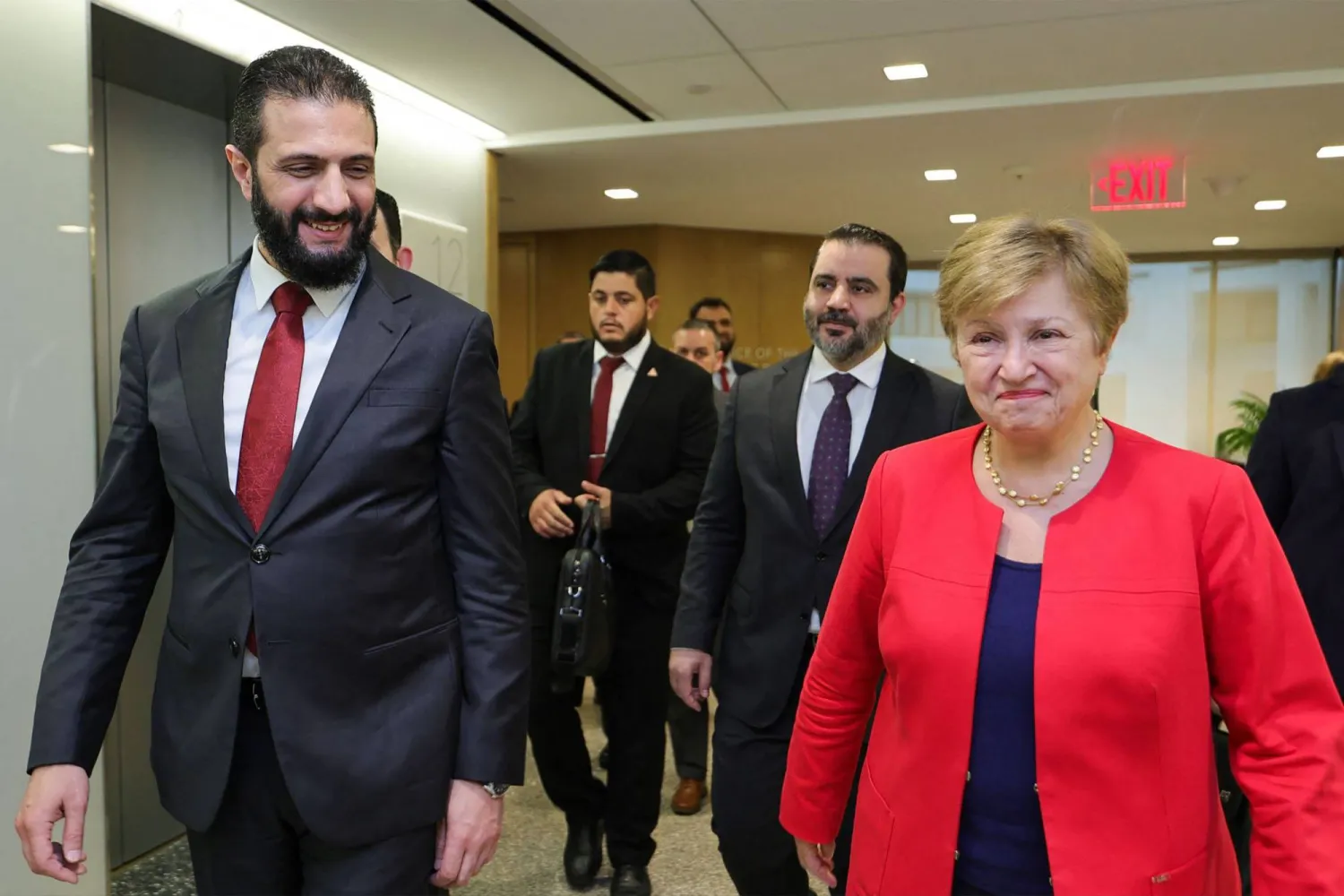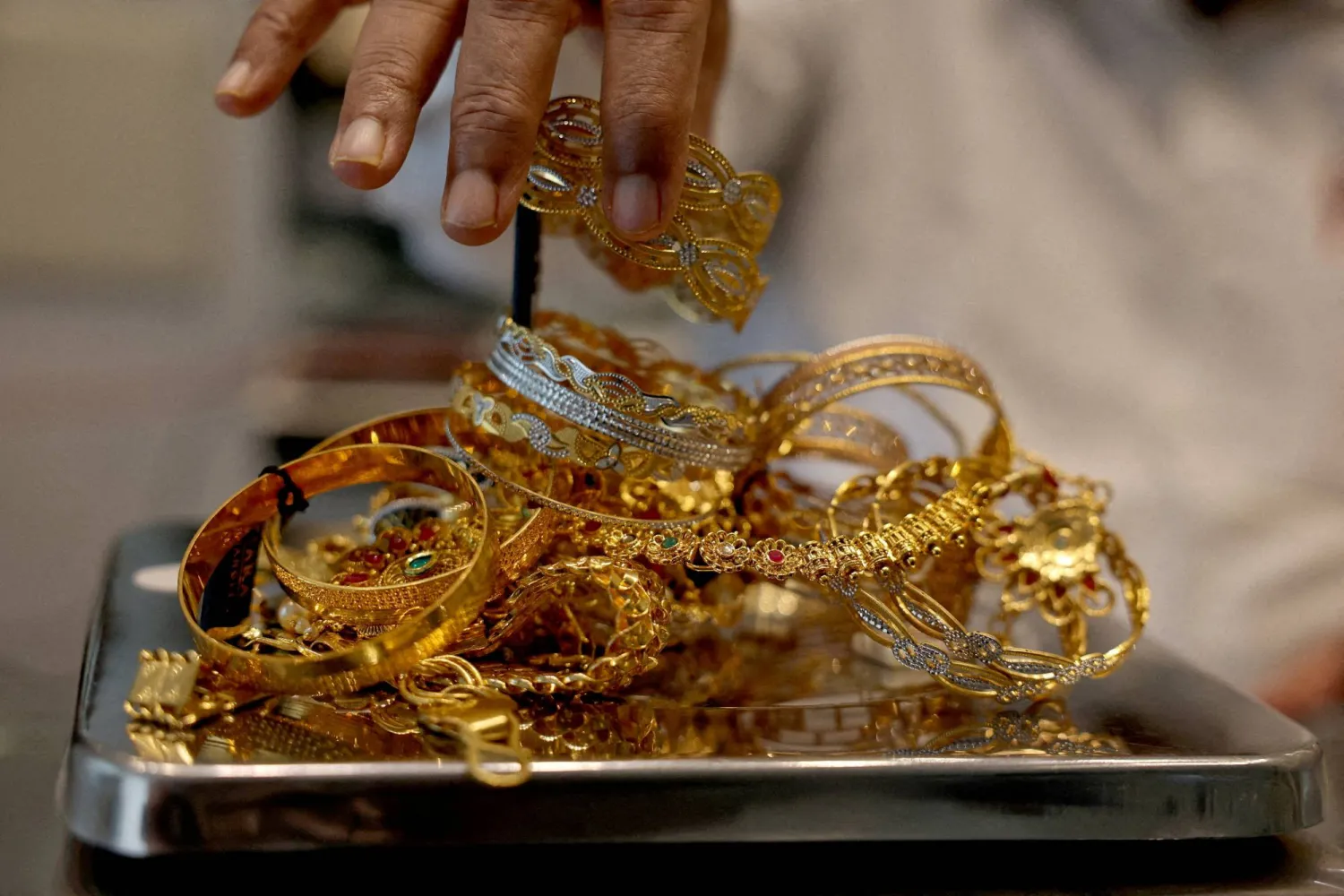The International Monetary Fund on Friday approved the fourth installment of a $12 billion, three-year loan for Egypt, bringing the total released to date to just over $8 billion.
The IMF board approved the latest $2 billion disbursement under the aid deal signed in November 2016 to support Cairo's economic reform program, which the Washington-based lender has repeatedly praised.
Since then, Egypt has imposed harsh austerity measures and started to phase out subsidies on many goods and services, including this month's move hiking fuel prices as much as 50 percent, and electricity rates by about 25 percent.
Consumer prices have soared as the authorities floated Egypt's currency and adopted a value-added tax. Meanwhile, a fiscal crisis caused the deficit to balloon to 12.5 percent of GDP in the 2015-2016 tax year.
The government said the subsidy cuts are needed, and acknowledged they would lead to sharp increase in taxi fares.
The IMF said Egypt is beginning to reap the benefits of the reforms, and estimates the economy will grow 5.2 percent this year. Inflation is expected to fall to 20 percent by the end of 2018 from 33 percent last year.
However, IMF staff in May stressed that the government still needs to strengthen its social safety net
Since the 2011 revolt toppled former president Hosni Mubarak, the economy of the Arab world's most populous country has received multiple shocks caused by political instability and security issues.
The government in Egypt seeks to implement a bunch of reforms for the sake of reinforcing its capabilities to attract direct foreign investment. After more than one year and a half on agreeing over a loan with the IMF, it managed to bring back exchange markets to stability but its debts aggravated.
Egypt borrowed from the IMF in November 2016, after the difference in foreign currencies increased.
The CBE has raised interest rates by a total of 7 percent since the flotation in late 2016 in a bid to curb inflation. The reforms program, adopted by the government in the meantime, included issuance of a new law of investment motifs – the program is backed by the IMF and other international donors.
Egypt sought years ago to lessen procedures for establishing firms, and it developed this service through the center of investors services in which it has become possible to fulfill the establishment in a couple of hours.
Yasser Abbas, head of investors services sectors at General Authority For Investment & Free Zones, told Asharq Al-Awsat that during this period between January and February, for the first time there is a center for investors services representatives from 60 parties concerned with issuing licenses. These parties represent the majority of entities which the investors needs to deal with.
Abbas points out that the investment law was enacted following consultation with relevant bodies and no party objected over the proposed duration. The law also suggests issuing a unified guide of steps that the investor needs.
According to the latest reports of the International Finance Corporation, the investor needs around 172 days to finish the construction licenses in Egypt in return for an average of 132.1 to finish the same licenses in MENA. Egypt comes in rank 66 among 190 states.
Ministry of Investment and International Cooperation looks forward to not repeat the problems of granting licenses for newly established projects. A source from the ministry told Asharq Al-Awsat that the authority allows a number of mechanisms to coordinate between the investor and the party issuing the licenses.









